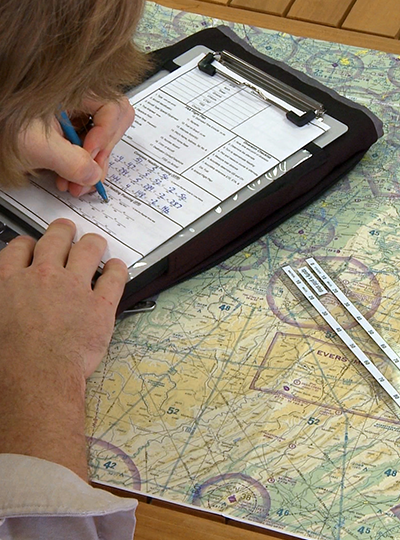It is the process of producing a flight plan to describe a proposed aircraft flight. It involves two safety-critical aspects: fuel calculation, to ensure that the aircraft can safely reach the destination, and compliance with air traffic control requirements to minimize the risk of mid-air collision. In addition, flight planners normally wish to minimize flight cost by appropriate choice of route, height, and speed, and by loading the minimum essential fuel on board. Flight planning requires accurate weather forecasts so that fuel consumption calculations can account for the fuel consumption effects of head or tail winds and air temperature. Safety regulations require aircraft to carry fuel beyond the minimum needed to fly from origin to destination, allowing for unforeseen circumstances or for diversion to another airport if the planned destination becomes unavailable.
Furthermore, under the supervision of air traffic control, aircraft flying in controlled airspace must follow predetermined routes known as airways, even if such routes are not as economical as a more direct flight. Within these airways, aircraft must maintain flight levels, specified altitudes usually separated vertically by 1000 or 2000 feet (305 or 610 m), depending on the route being flown and the direction of travel. When aircraft with only two engines are flying long distances across oceans, deserts, or other areas with no airports, they have to satisfy extra ETOPS safety rules to ensure that such aircraft can reach some emergency airport if an engine fails.
